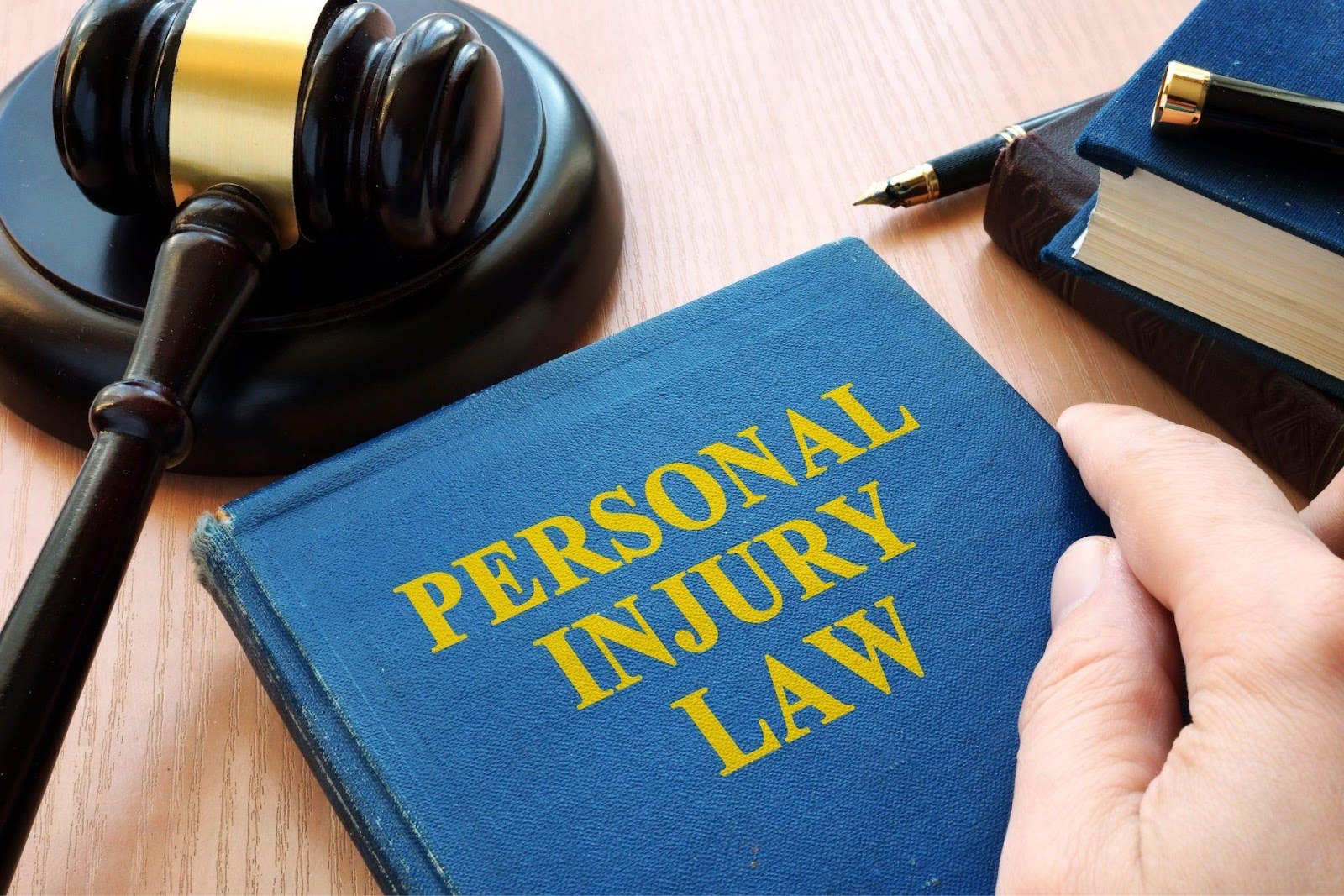Evidence: A Crucial Element That May Make or Break a Personal Injury Case


Accidents are an inevitable part of life, occurring when we least expect them. Whether it is a slip and fall, a car crash, or a workplace mishap, accidents can leave individuals with emotional distress, physical injuries, and financial burden. In the aftermath of such events, seeking justice is where the backbone of a personal injury case comes into play: evidence.
Well, if you’ve been looking for in-depth information concerning the power of evidence in a personal injury case, you’re in the right place. This article has got you covered. In this article, we’ll explore all you need to know about the incredible power of evidence, including how it serves as a crucial element that may make or break a personal injury case.
A Clear Understanding of Evidence in Personal Injury Law
In the realm of personal injury law, evidence reigns supreme. It is the tangible proof that supports your claim, the ammunition that strengthens your argument. Without it, your case is like a ship without a sail, adrift and directionless. In addition, your evidence should be presented by qualified and certified personal injury attorneys.
In a personal injury case, there are several types of evidence. Let’s explore some of them.
- Testimony Evidence: Includes individuals like eyewitnesses, experts, and case parties who will testify during the trial.
- Physical Evidence: It consists of any material that can be provided that relates to the case.
- Circumstances Evidence: A type of evidence that implies a circumstance about the fact.
So, what constitutes evidence in a personal injury case?
Well, evidence in personal injury cases can take many forms. The sections below reveal all the included items.
Photographs of the scene
Photographs of the scene serve as invaluable pieces of evidence in personal injury cases. They assist in capturing the moment when the accident occurred by providing visual documentation of the incident’s circumstances. Furthermore, photographs help to establish liability and have a persuasive impact on the judge and jury. You should take pictures of the incident as soon as possible to ensure the scene is preserved accurately.
Medical Records
Medical records add credibility to your claim. They are objective evidence written by trained medical experts who have examined and treated your injuries. Unlike subjective accounts or hearsay, medical records carry weight in the courtroom, lending validity to your claims.
In your evidence, medical records should include the following:
- Hospital admission records
- Emergency room reports
- Physician notes
- Therapy records, including occupational, speech, physical, emotional, and vocational therapies
- Prescription records
- Expert medical opinions
- Records of medication, medical supplies, and medical equipment
Consult your personal injury lawyer before signing a medical release form for an insurance company. The insurance company may review your medical history instead of accessing your medical records.
Witness Testimonies
Another component of solid evidence in personal injury cases is eyewitness testimonies. Unlike medical records or physical evidence, which can provide valuable but static evidence, eyewitness testimonies offer a dynamic narrative of the events. Eyewitness testimony can significantly sway a trial’s outcome.
Furthermore, witness testimonies humanize the legal proceedings, adding a personal element to the technical and procedural aspects. Jurors can find it easier to relate to the experiences and perspectives of the eyewitnesses, which can influence their decisions.

Pain and Suffering Journal
According to statistics, millions of people find their worlds altered by the pain and suffering they may endure during this period. To prove that you have been having a rough time enduring pain, you must provide a report in the form of a pain and suffering journal.
Expert Testimony, Research, and Studies
Expert testimony is another element you should include in your evidence. Experts assist during the investigation and testify in court. Judges may place more emphasis on expert testimonies than testimonies from witnesses and other parties.
Statistics reveal that information from the studies assists in strengthening your allegations about what happened.
Now that we have gained insights into what strong evidence consists of, let’s reveal why your evidence can either break or make a personal injury law case. Here is what you need to know.
- It assists in persuading the judge
- It is essential for navigating complex legal procedures
- Clear and compelling evidence is essential for establishing liability in a personal injury case
- Evidence assists in rebutting defenses by presenting facts
- It helps to support claims made by the plaintiff, hence providing credibility and legitimacy to their allegations
The Final Say!
In conclusion, evidence is the backbone of personal injury law cases because it provides proof of liability, establishes damages, builds credibility, facilitates negotiations, and is essential for presenting a compelling case in court. With evidence, it will be easier for you to succeed in seeking compensation for injuries and losses.






